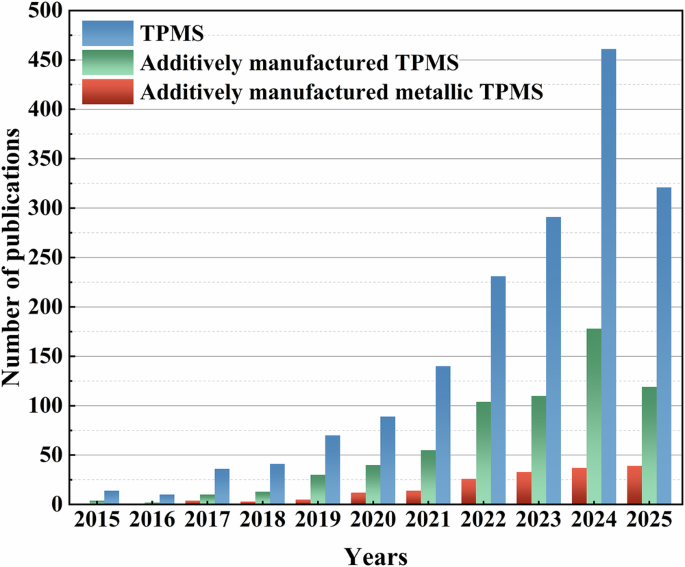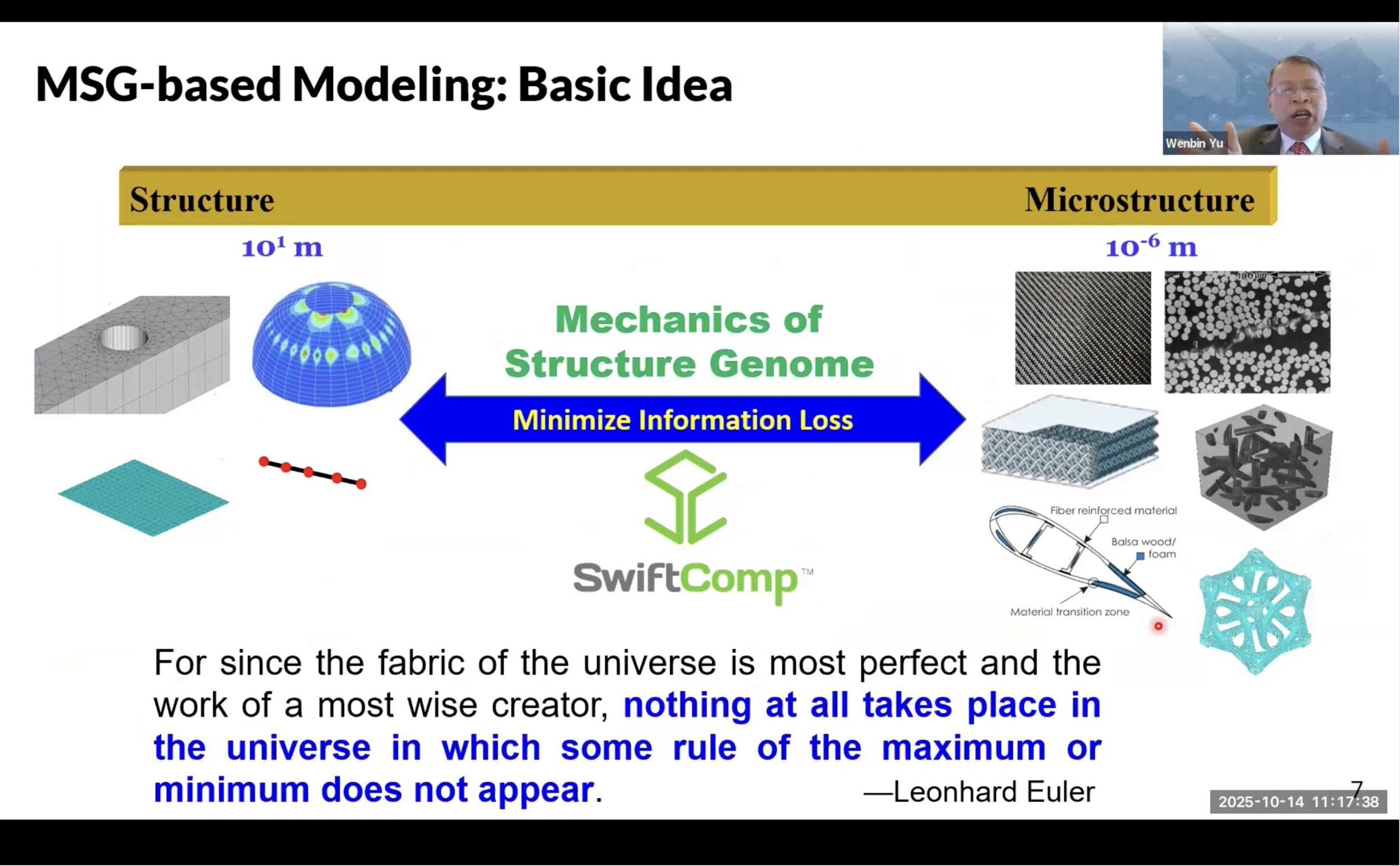BoltzGen Democratizes AI Therapeutic Design, Expands Druggable Universe

![BoltzGen_hero BoltzGen offers a design specification interface to give drug developers flexible and expressive structural control when pursuing their therapeutic problem of interest, [Credit: MIT]](https://www.genengnews.com/wp-content/uploads/2025/10/BoltzGen_hero-696x393.png)
Ever since Boltz-1 debuted in November 2024 as a fully commercially available AI model to achieve AlphaFold 3-level accuracy in predicting the 3D structure of biomolecular complexes, the Massachusetts Institute of Technology (MIT) research team has been on a roll, pushing forward a new standard in open-source AI-based drug discovery.
Led by Hannes Stärk, a PhD student at MIT and first author, the latest update to the Boltz series of models, BoltzGen, expands the druggable universe by advancing from structure prediction to generalizable therapeutic design in any format, including nanobodies, mini-binders, and disulfide-bonded peptides, and against any target across nucleic acids, small molecules, and both ordered and disordered proteins.
The work is described in a preprint that has not yet been peer reviewed. The model is available under the highly permissive MIT license, which allows commercial drug developers to use the model internally and apply their own proprietary data. The MIT research team includes Stärk’s co-advisors, Regina Barzilay, PhD, distinguished professor for AI and Health, and Tommi Jaakola, PhD, professor of electrical engineering and computer science.
Currently, a large network of 26 academic and industry collaborators is conducting wet lab validation of BoltzGen designs with initial results demonstrating nanomolar affinities with diverse therapeutically relevant functions, including antimicrobial action, cancer therapy, antibody design, and more. Among the collaborators are William Degrado, PhD, professor of pharmaceutical chemistry at the University of California, San Francisco (UCSF), and one of the earliest pioneers of de novo protein design, and Matthew Meyerson, PhD, professor of genetics and medicine at Harvard University and renowned cancer researcher.
Barzilay stated that while AI has thus far been a powerful assisting technology, BoltzGen offers a step toward proof points for breakthrough drugs that have yet to be seen.
“Unless we identify undruggable targets and propose a solution, we won’t be changing the game,” said Barzilay. “The emphasis here is on unsolved problems, which distinguishes Hannes’s work from others in the field.”
Dylan Reid, managing director at Zetta Venture Partners, underscores the value of general models, such as BoltzGen, in expanding the druggable landscape.
“In the short term, the range of targets and drug modalities that will benefit from antibody-style advances in de novo design is about to dramatically increase,” Reid told GEN. “In the longer term, the way we understand and modulate disease biology could vastly expand upon the druggable proteome we think about today.”
Universal language
As drug discovery faces a mediocre 10% success rate, hitting the right target with atomic precision to achieve therapeutic effect remains a key challenge. While today’s R&D pipelines are dependent on resource-intensive experimental screens to identify promising drug leads, the rise of all-atom folding models, such as Boltz-1 (structure prediction) and Boltz-2* (binding affinity prediction), strive to be powerful tools for cutting timelines and reducing costs.
BoltzGen builds upon these models by performing both structure prediction and design simultaneously using a purely geometry-based representation of residue types. To give drug developers flexible and expressive structural control when pursuing their therapeutic problem of interest, the model provides a design specification interface for various constraints, including covalent bonds, structure groups, and binding sites.
While the current landscape of protein design models is vast across academia and industry, the majority are limited to specialized modalities, such as protein binders (BindCraft), antibodies (Chai-2 from Chai Discovery), and mini-binders and macrocycles (Latent-X from Latent Labs). In contrast, BoltzGen offers an accessible “universal language” for binder design in an industry where models remain proprietary.
De novo success
BoltzGen designs binders not found in nature (or de novo), a concept that has undergone hype vs reality debates, which was recently explained by Nobel Laureate, David Baker.
While the full impact of de novo design comes from the ability to extrapolate beyond the training data, many protein design methods are tested on targets that have closely related complexes in the protein data bank (PDB), a repository that contains over 200,000 experimentally derived protein structures compiled by researchers over fifty years.
To benchmark out-of-distribution generalization, a small sample size of 15 BoltzGen nanobody designs was generated for nine disease-relevant targets with less than 30% sequence similarity to any target with known binders or binding sites in the entire PDB. Notably, nanomolar binding affinities were obtained for 6 out of 9 targets.
According to Jaakola, learning physics from examples supports the model’s successful generalizability. “When you have a diverse set of tasks, you guarantee that the model is learning more of the physical interactions and therefore can bring forth much greater quality designs,” he explained.
Taken together, Jaakola emphasized that the promise of AI models, such as BoltzGen, is to take us a step further beyond “tweaking around what we already know.”
“These are real-world targets for which there are no binders known today,” Jaakola continued. “Given that they’re harder, not all are successful, but we’re pushing the limits of how these models should be used.”
*Boltz-2 developers, Regina Barzilay, PhD (MIT), Gabriele Corso, PhD (MIT), and Najat Khan, PhD (Recursion) will speak at GEN’s virtual event, “The State of AI in Drug Discovery,” streaming on October 29. Registration is FREE.
link






